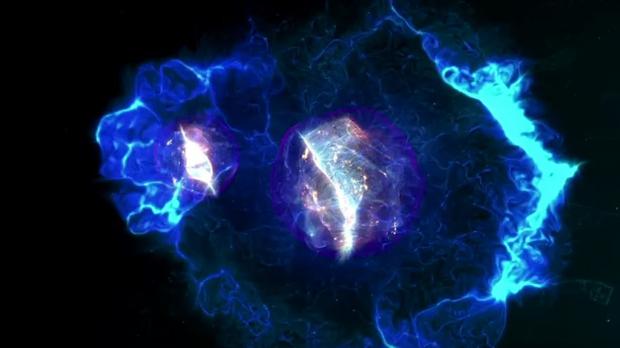
Breaking News
Endless Opportunities on Life's Highway
THE UNCONSTITUTIONAL INCOME TAX
 WOW: Schumer now privately BEGGING to reopen the Gov – Liberal Hivemind
WOW: Schumer now privately BEGGING to reopen the Gov – Liberal Hivemind
 Obamacare's Devastating Legacy: Skyrocketing Costs, Useless Coverage, and Windfall Profits...
Obamacare's Devastating Legacy: Skyrocketing Costs, Useless Coverage, and Windfall Profits...
Top Tech News
 Future of Satellite of Direct to Cellphone
Future of Satellite of Direct to Cellphone
 Amazon goes nuclear with new modular reactor plant
Amazon goes nuclear with new modular reactor plant
 China Is Making 800-Mile EV Batteries. Here's Why America Can't Have Them
China Is Making 800-Mile EV Batteries. Here's Why America Can't Have Them
 China Innovates: Transforming Sand into Paper
China Innovates: Transforming Sand into Paper
 Millions Of America's Teens Are Being Seduced By AI Chatbots
Millions Of America's Teens Are Being Seduced By AI Chatbots
 Transhumanist Scientists Create Embryos From Skin Cells And Sperm
Transhumanist Scientists Create Embryos From Skin Cells And Sperm
 You've Never Seen Tech Like This
You've Never Seen Tech Like This
 Sodium-ion battery breakthrough: CATL's latest innovation allows for 300 mile EVs
Sodium-ion battery breakthrough: CATL's latest innovation allows for 300 mile EVs
 Defending Against Strained Grids, Army To Power US Bases With Micro-Nuke Reactors
Defending Against Strained Grids, Army To Power US Bases With Micro-Nuke Reactors
Did Harvard really create the "holy grail" of solid metallic hydrogen?

Back in 1935, scientists predicted that hydrogen could be transformed into a metal under immense amounts of pressure, similar to the way carbon atoms can form into diamonds. Back then it was thought that 25 gigapascals (about 250,000 times normal atmospheric pressure on Earth) should do the trick.
Harvard physicists Ranga Dias and Isaac F. Silvera say they had to find a way to subject hydrogen to nearly twenty times that much pressure, which is more intense than the pressure at the center of the Earth, before it finally underwent the transition that had been predicted over eighty years ago.
"This is the holy grail of high-pressure physics," Silvera said. "It's the first-ever sample of metallic hydrogen on Earth, so when you're looking at it, you're looking at something that's never existed before."

 SpaceX Heat Shield and Starship Mass Production
SpaceX Heat Shield and Starship Mass Production

